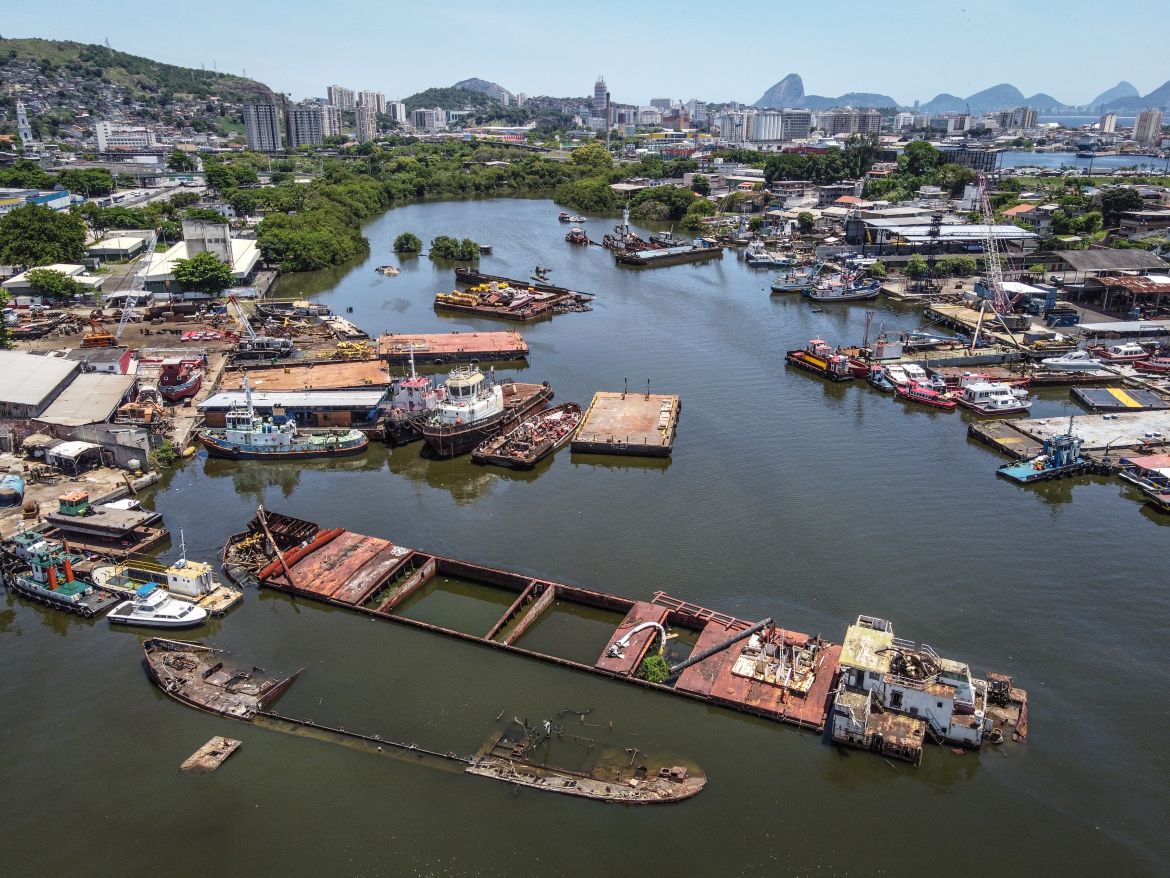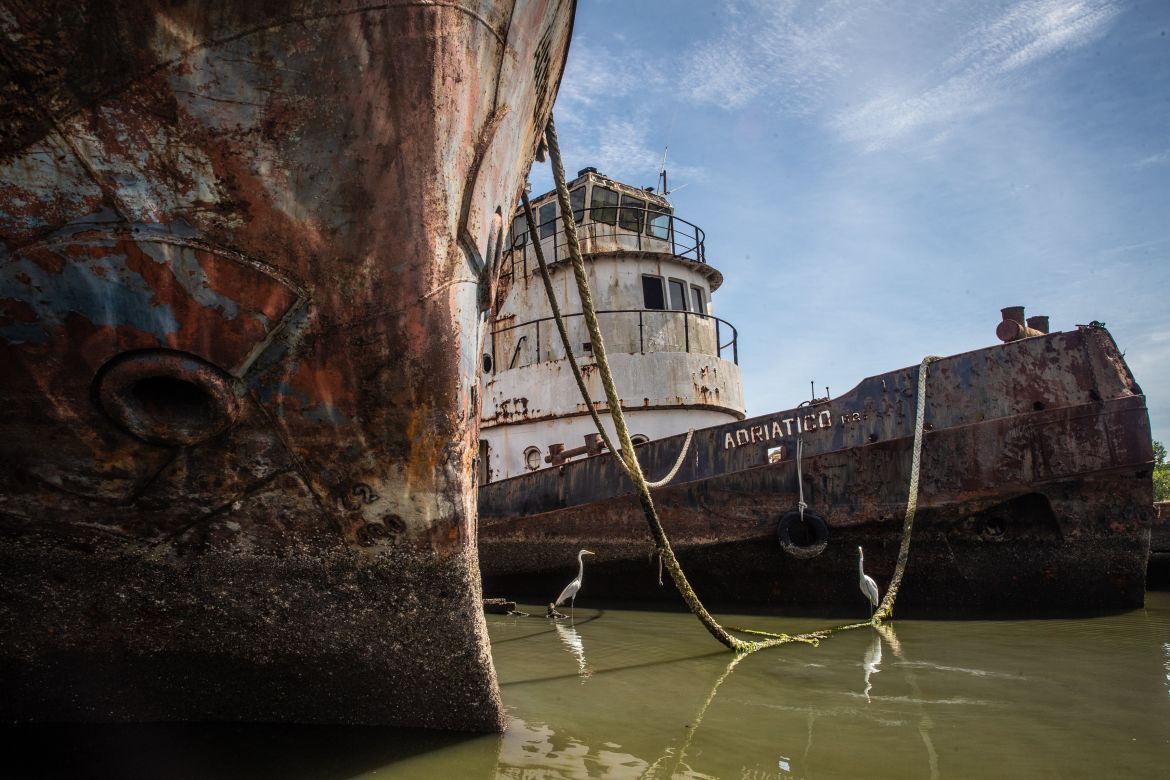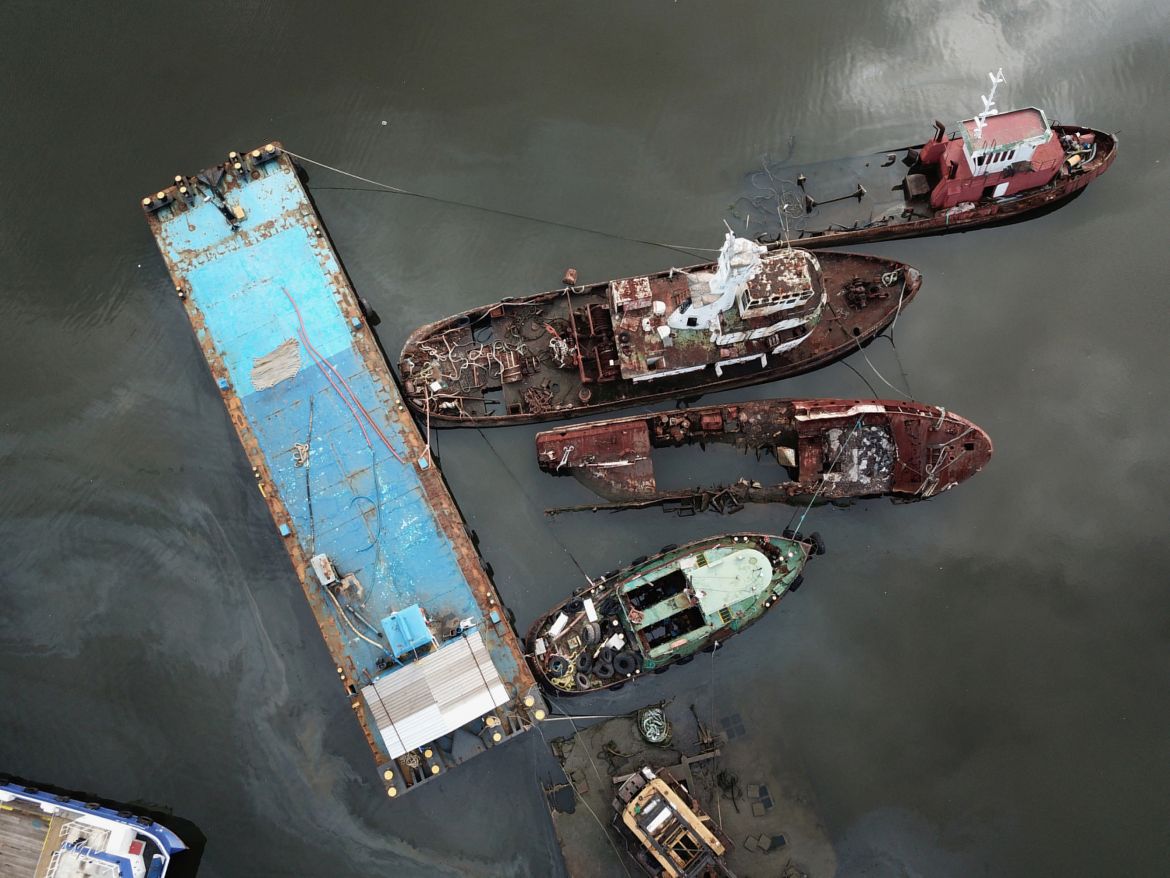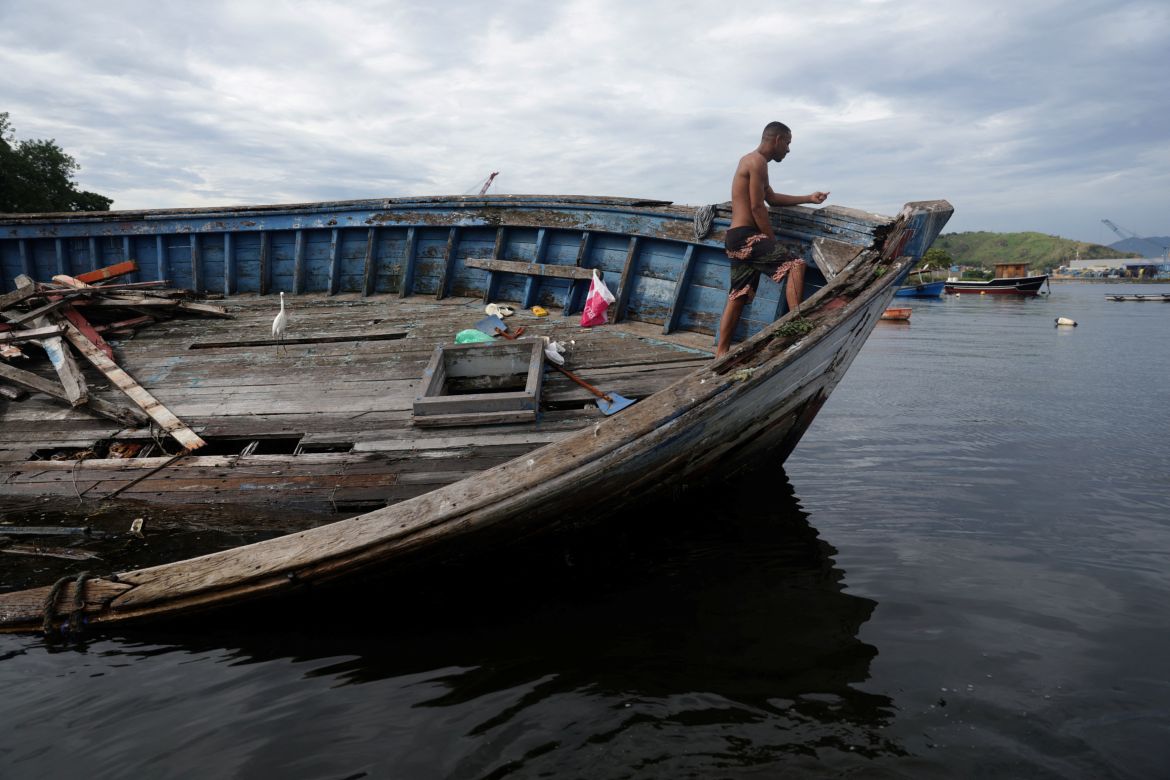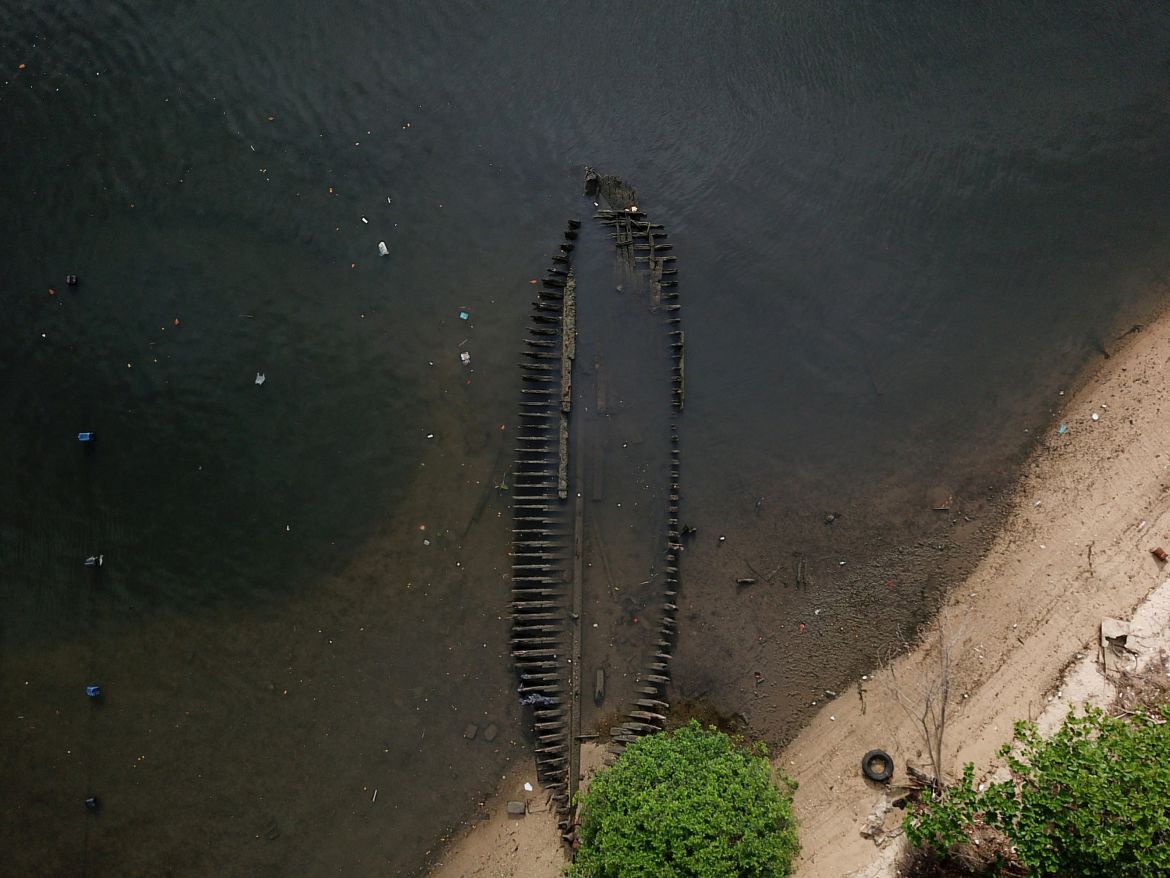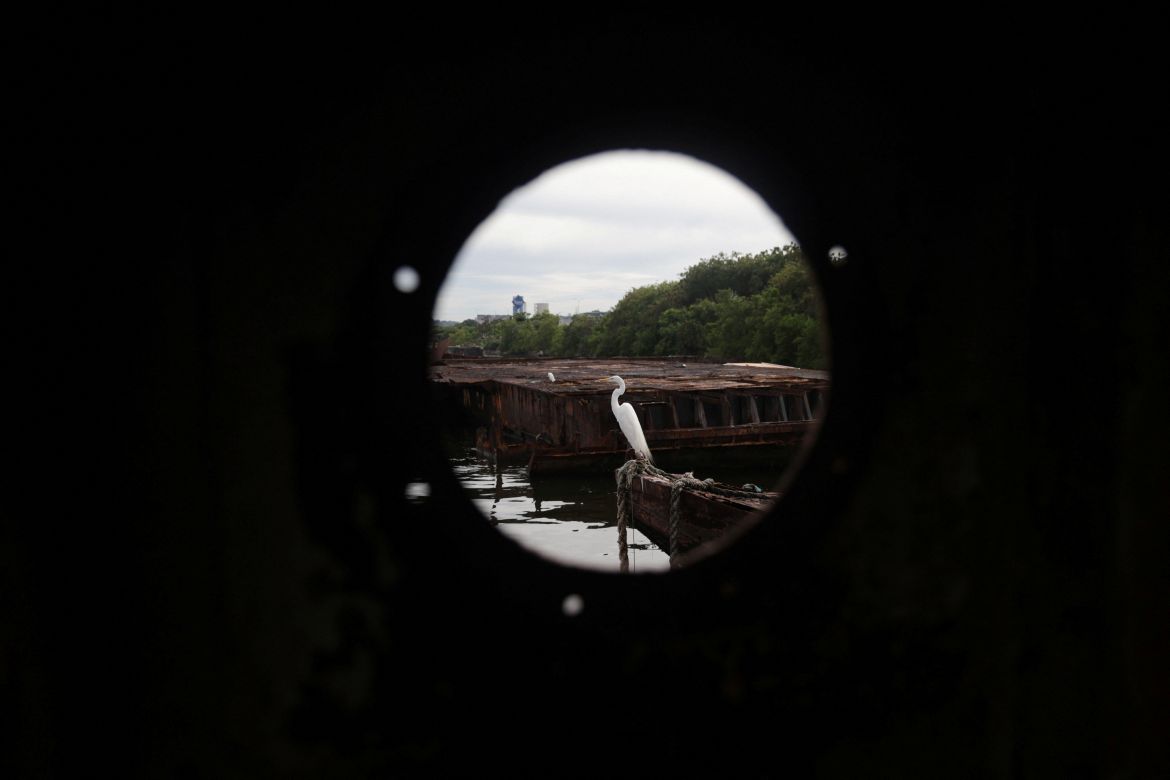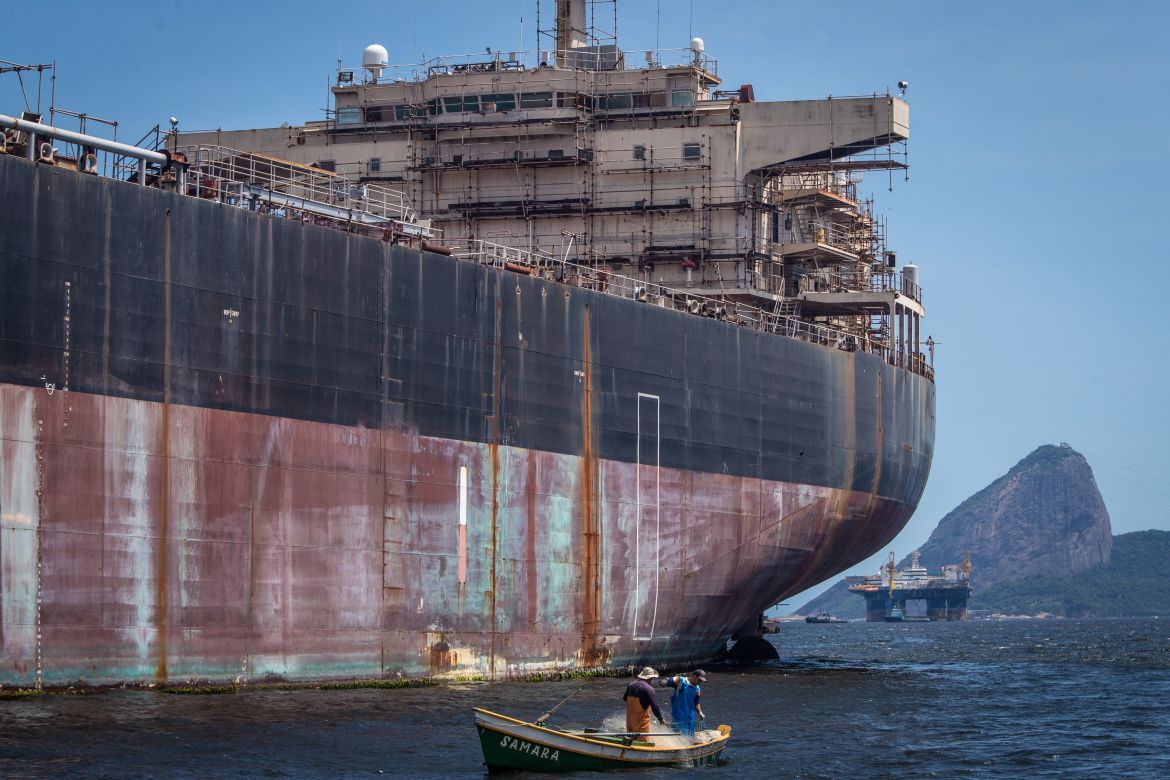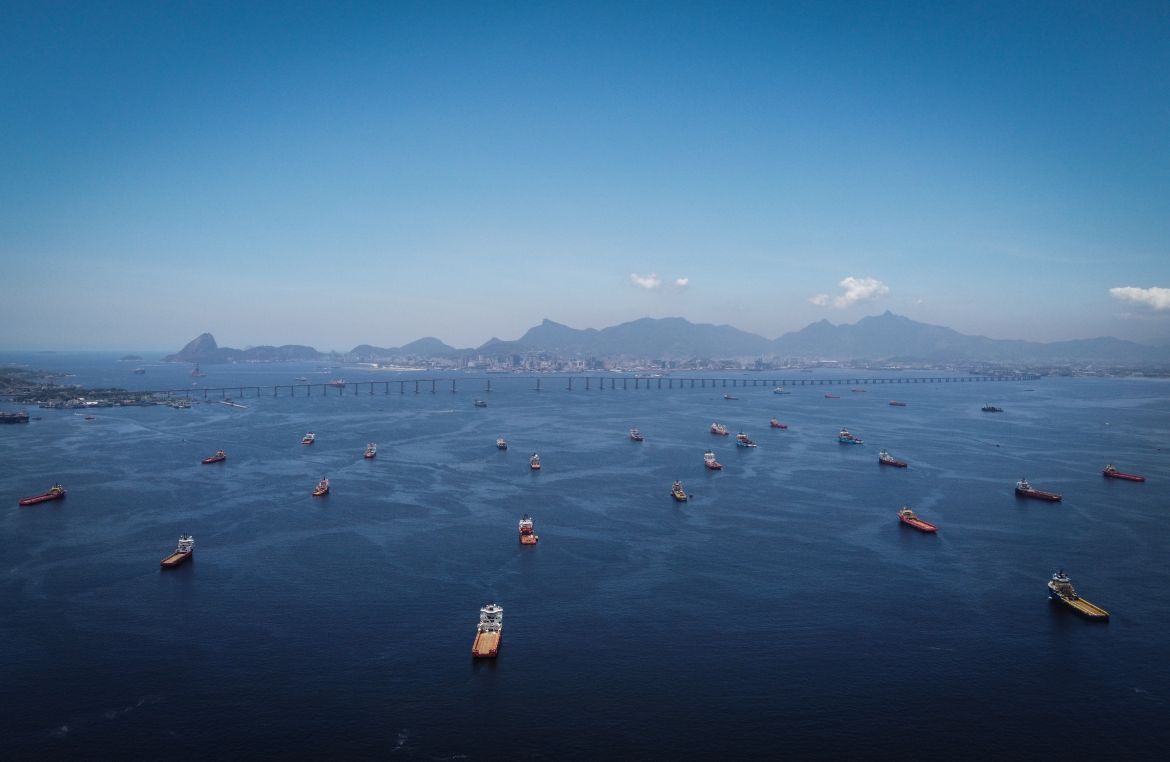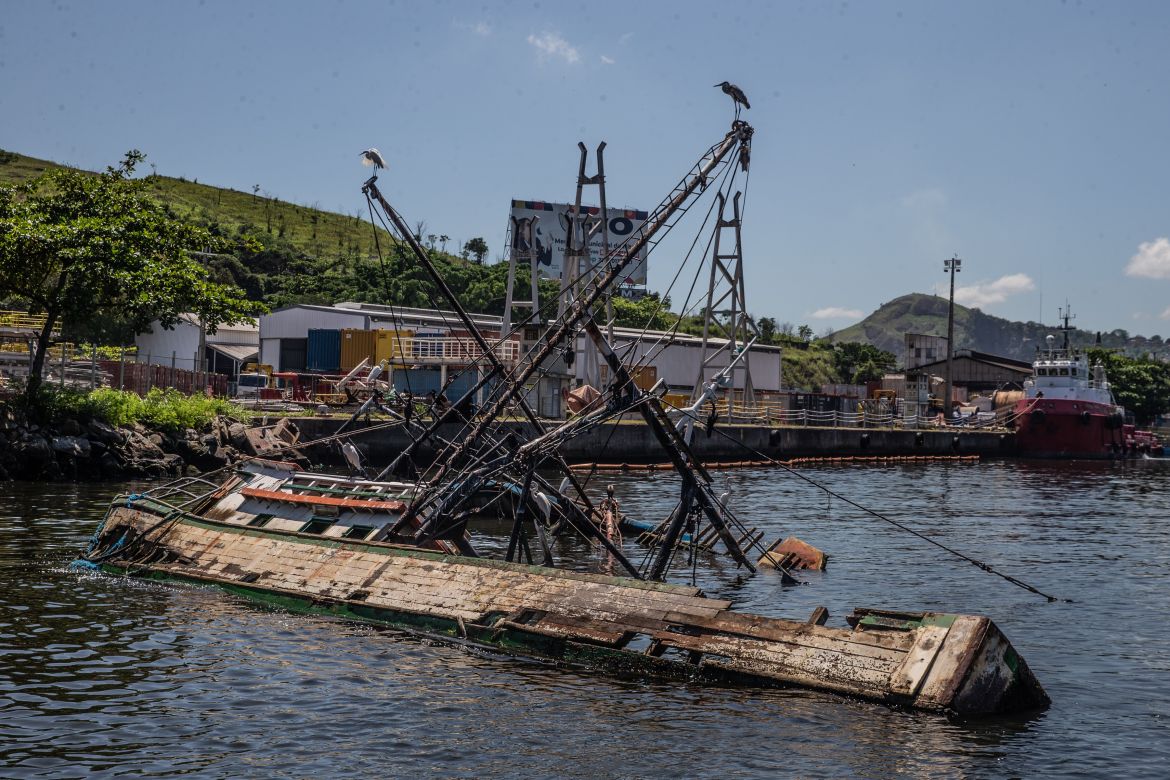In Pictures
Brazil’s haunting graveyard of ships risks environmental disaster
The dolphins are disappearing in Guanabara Bay by Rio de Janeiro and Niteroi, once a haven for wildlife, now a cemetery for abandoned ships.
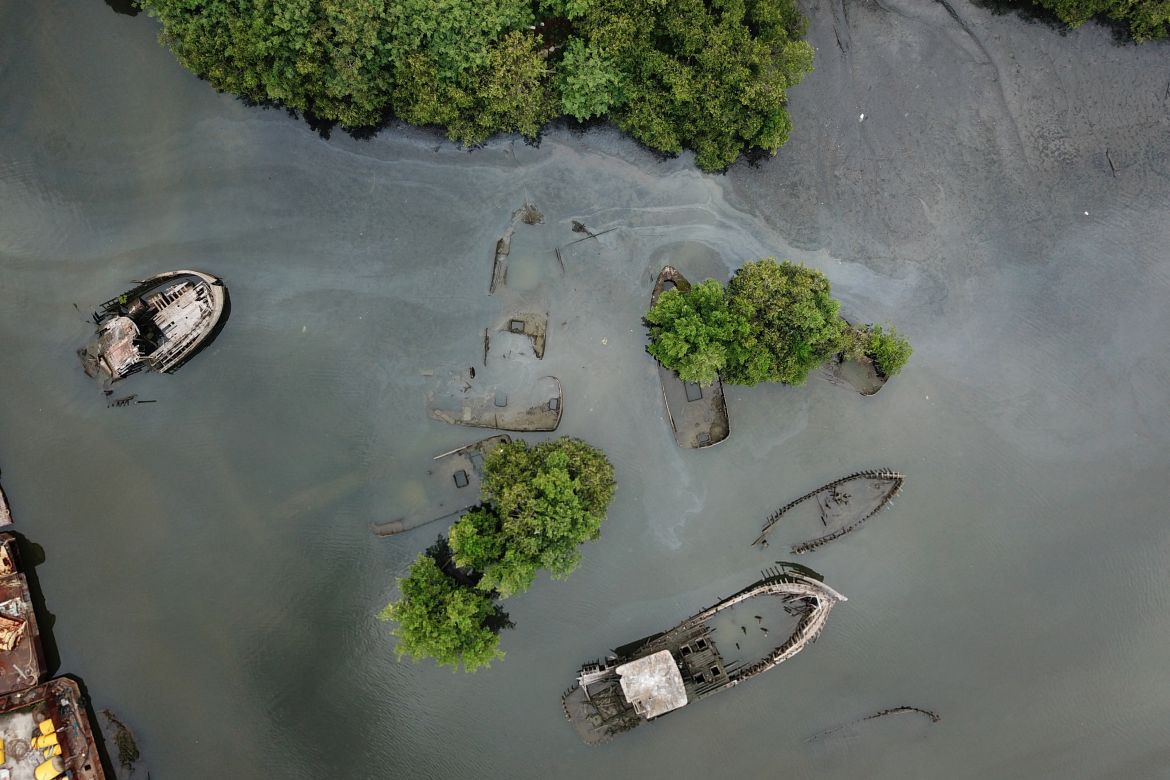
On a stormy evening in mid-November, a huge, abandoned cargo ship broke free of its moorings and slowly floated into the massive concrete bridge that carries cars across Brazil‘s Guanabara Bay between Niteroi and Rio de Janeiro.
Brazil’s navy said the 200m-long (660ft) Sao Luiz, a rust-spattered bulk carrier built in 1994, had been anchored in the bay for more than six years, awaiting legal proceedings before it crashed into Latin America’s longest over-water bridge. The navy said it was investigating the incident.
“The Sao Luiz is still in the Port of Rio today, with 50 tonnes of fuel oil in it,” Sergio Ricardo, co-founder of socio-environmental group Movimento Baia Viva (Living Bay Movement) told Reuters, pointing to high levels of corrosion.
“The ship is unsafe and can cause an environmental disaster,” he said.
Worldwide, financial and legal problems are common reasons for owners abandoning ships.
Guanabara Bay is Brazil’s second-largest with the cities of Rio de Janeiro and Duque de Caxias on its western shore and Niteroi and Sao Goncalo on its eastern shore.
The Sao Luiz is one of the dozens of ships left to rust on the iconic but heavily polluted bay, once home to vast mangroves and thriving marine life.
The mangroves are now much reduced, and pollution exacerbated by the graveyard of ships is threatening local seahorses, green turtles and Guiana dolphins, a symbol of Rio de Janeiro.
A survey by the Rio de Janeiro State University found this year that just 34 Guiana dolphins remained in the bay, down from around 800 in the 1990s.
Besides the ships’ effect on marine life and passing vessels, which must navigate an obstacle course of half-floating hulks, pollution in the bay imposes a financial cost of some tens of billions of reals a year in lost income with its pollution, Ricardo estimated.
Fernando Pinto Lima, a 62-year-old former fisherman in the bay, told Reuters he used to be able to quickly catch 50-100kg of fish.
“Now to catch 50 kilogrammes, it’ll take you a week or a month,” he said.
Following the Sao Luiz crash, local media reported that authorities were studying how to remove the ghost ships. But the derelict vessels continue to moulder on and under its muddy waters.
